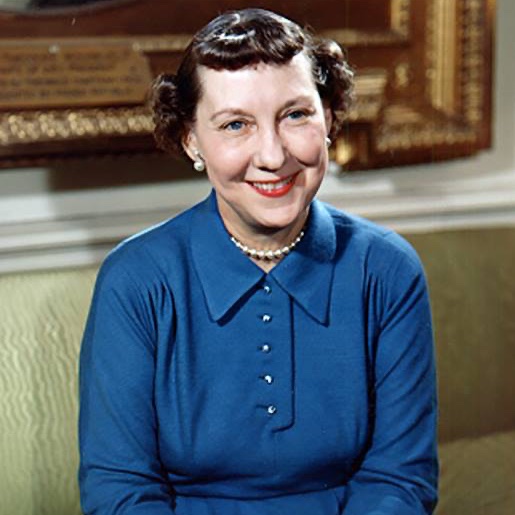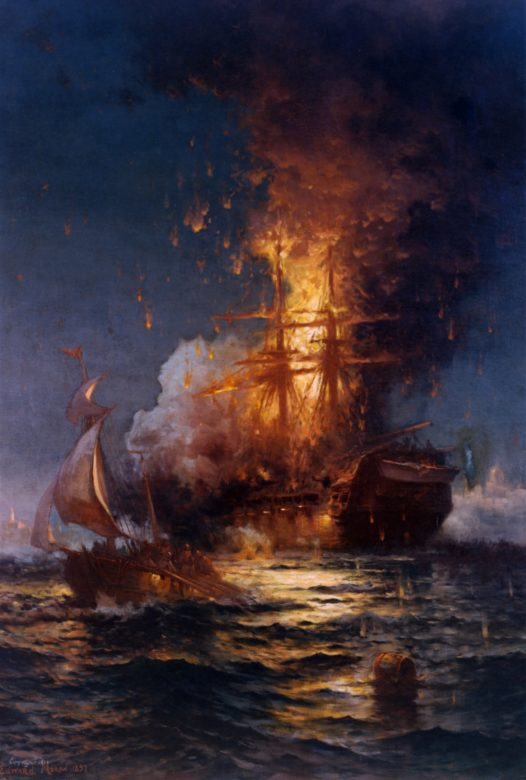President Abraham Lincoln notably included free Black laborers in his domestic staff during his presidency. It was noted that President Lincoln treated his Black staff with dignity, something many of them had not experienced before.
Image Credit: Library of Congress
Image Credit: Library of Congress

Beginning her service during the Buchanan administration, Cornelia Mitchell served as the first presidential cook to run the White House kitchen after emancipation in 1863. She was considered one of the best cooks in Washington.
She was responsible for the food served at many public and private events and her food was well-liked by President Lincoln. Even during the Civil War, Mitchell maintained a well-run kitchen that produced quality food.
Born in 1850 in Virginia, formerly-enslaved Peter Brown also worked at the White House during the Lincoln administration. After the emancipation of his family, the Browns moved to Alexandria and later Washington.
Born in Petersburg, Virginia in 1842, Solomon Johnson served in President Lincoln's guard during the Civil War. In his spare time, he also served as a barber to the president.
Lincoln developed a close relationship with Johnson and helped him gain appointment to a position within the Treasury Department in 1864 by writing a letter of recommendation for Johnson.
With Lincoln’s assistance, Johnson became the first African-American clerk in the U.S. government, receiving second-class and first-class clerkship positions. Johnson continued his service with the Treasury Department until his passing on November 24, 1885.
Learn more about the complicated past and the paradoxical relationship between slavery and freedom in the nation's capital through our research initiative, Slavery in the President's Neighborhood #SPNInitiative: whitehousehistory.org/spn/introducti…
• • •
Missing some Tweet in this thread? You can try to
force a refresh





















